Prices in AUD. Shipping worldwide. Flat rate $8 postage per order within Australia. International by weight calculated at checkout. Read full terms.
-
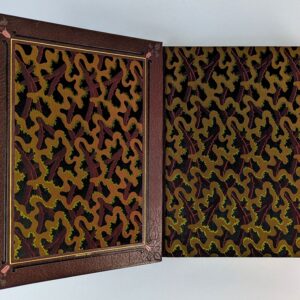
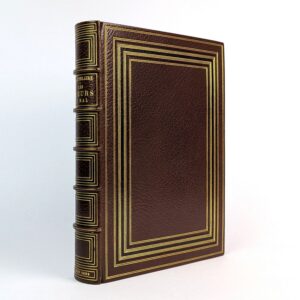
Les Fleurs du Mal
AU$9,000.00 Read MoreAdd to cartCharles Baudelaire; Armand Rassenfosse; Henri Noulhac
Paris: Les Cent Bibliophiles, 1899.One of 115 numbered copies of the first, and widely considered the best, illustrated edition of The Flowers of Evil, being the chef d’oeuvre of Belgian artist Armand Rassenfosse, with nearly every page of the text illustrated with Symbolist colour etchings and nude women. This copy from the collection of actor and bibliophile Barry Humphries, with his bookplate; bound in a fine binding signed Noulhac 1918, with multi-rule borders and silk doublures framed with inlaid leather strips and flowers at the corners. Illustrated with a portrait frontispiece, throughout with hundreds of colour illustrations and tailpieces, as well as 6 plates and a page of text with tailpiece outside of the text. Bound at the rear is a Juin 1897 Specimen being the leaf of XX La Geante with an alternative tailpiece illustration and the chapter plate for Les Fleurs du Mal, an etched menu cover for a Les Cent Bibliophiles Dinner for Fleurs du Mal, 6 Mai 1901 by Rassenfosse, as well as 17 additional etchings by Evert van Muyden and other artists.
-
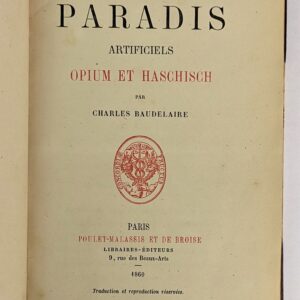
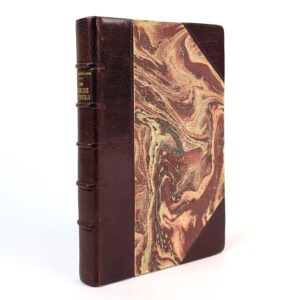
Les Paradis Artificiels: Opium et Haschisch
AU$4,000.00 Read MoreAdd to cartCharles Baudelaire
Paris: Poulet-Malassis et de Broise, 1860.First edition of Baudelaire’s Artificial Paradises, on the drug experiences of hashish and opium and their relationship with creative expression, being accounts from within the walls of Le Club des Haschischins and a translation and adaptation of Thomas De Quincey’s Confessions of an English Opium-Eater. CARTERET I:126. This copy rebound in a fine half leather binding without the wrappers.
-
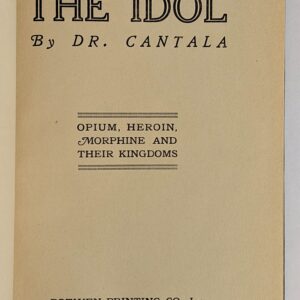
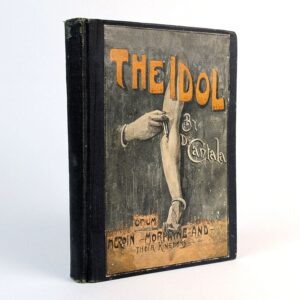
The Idol: Opium, Heroin, Morphine and Their Kingdoms
AU$4,000.00 Read MoreAdd to cartDr. Cantala
New York: Botwen Printing Co., 1924.Considered one of the scarcest books in all of psychoactive drug literature and one of the most important on opiate addiction, predicting the development of synthetic opioids by some 35 years. “Devoted to the medical and social uses of opiates, including sections on opium dens, needlemania, the psychology of the addict, the nature of opiate intoxication, love among addicts, etc. There are chapters on cocaine and hashish, and another on Dr. Cantala’s method of cure.” (William Dailey via Gertz: Dope Menace pp. 30). One of a small number bound in cloth with the original wrapper illustration mounted. 4 copies recorded in OCLC, all in the United States.
-
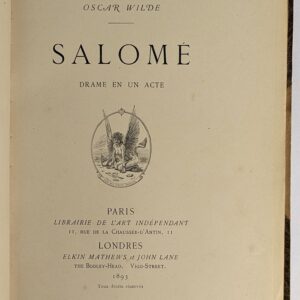
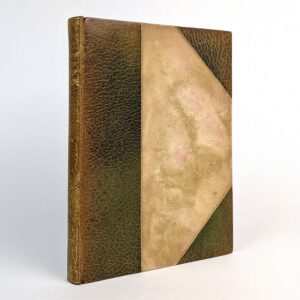
Salome. Drame en un acte.
AU$4,000.00 Read MoreAdd to cartOscar Wilde
Paris and Londres: Librairie de L’Art Independant and Elkin Mathew et John Lane, 1893.First edition, one of 600 copies, the title page device by Felicien Rops. MASON 348. This copy rebound in a fine signed art nouveau binding by Hatchards, Piccadilly, without the wrappers, with a plentiful quantity of blank leaves at the rear to allow for the binding design.
-
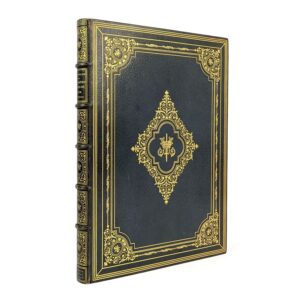
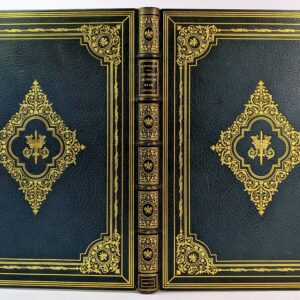
Les Amours de Psyche et de Cupidon
AU$5,500.00 Read MoreAdd to cartJ. De La Fontaine
Paris: Defer de Maisonneuve, 1791.The Loves of Psyche and Cupid by Jean De La Fontaine with colour illustrations based on paintings by M. Schall. One of the most striking editions of Fontaine’s adaptation of the story of Cupid and Psyche with coloured stipple engravings by Bonnefoy, Mme Demonchy, and Colibert after Jean-Frederic Schall. This copy with the advertisement leaf (often lacking) announcing the publication of Milton’s Paradise Lost, with an additional portrait engraving frontispiece by Edelinck after H. Rigault, and an original drawing dedication “quatre amis dont la connaissance avait commence par le Parnasse” [four friends whose acquaintance had begun at Parnassus]: La Fontaine, Racine, Moliere, and Boileau, in pen and Indian ink enhanced with gold and colouring on vellum signed L. Benard 1893, bound in a fine signed binding by the Paris bookbinder Salvador David (1859-1929).
-
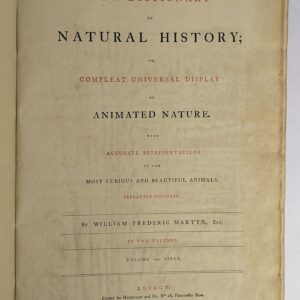
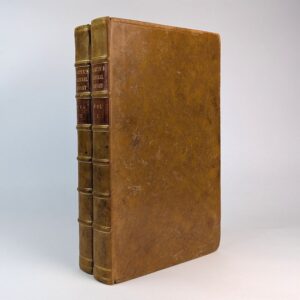
A New Dictionary of Natural History; or, Compleat Universal Display of Animated Nature. With Accurate Representations of the Most Curious and Beautiful Animals, Elegantly Coloured.
AU$5,000.00 Read MoreAdd to cartWilliam Frederic Martyn
London: Harrison and Co., 1785.Popular 18th century reference work by William Fordyce Mavor under his Martyn pseudonym, with 100 hand-coloured plates each depicting 4 to 9 animals, insects, or shells.
-
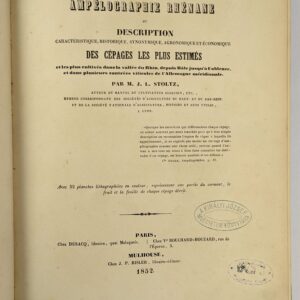
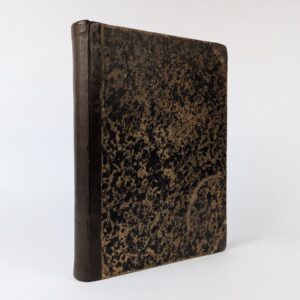
Ampelographie Rhenane ou Description Caracteristique, Historique, Synonymique, Agronomique et Economique des Cepages les Plus Estimes
Read MoreSOLDM. J. L. Stoltz
Paris and Mulhouse: Dusacq and J. P. Risler, 1852.One of the foundational texts of European ampelography with 30 colour lithographs of grapes, grapevines and leaves. The standard work on Alsace and southern German grape varieties, wine, and viticultural history in the Rhine Valley.
-
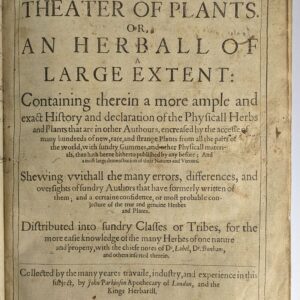
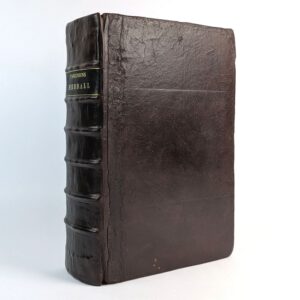
Theatrum Botanicum: The Theater of Plants. Or, An Herball of Large Extent
AU$5,500.00 Read MoreAdd to cartJohn Parkinson
London: Tho. Cotes, 1640.Containing therein a more ample and exact History and declaration of the Physicall Herbs and Plants that are in other Authours, encreased by the accesse of many hundreds of new, rare, and strange Plants from all the parts of the world, with sundry Gummes and other Physicall materials, than hath beene hitherto published by any before; And a most large demonstration of their Natures and Venues. Shewing withall the many errors, differences, and oversights of sundry Authors that have formerly written of them; and a certaine confidence, or most probable conjecture of the true and genuines Herbes and Plants. Distributes into sundry Classes or Tribes. The monumental work of herbal medicine by the English herbalist and botanist John Parkinson (1567-1650) in which over 3,800 plants are described and illustrated by approximately 2,600 woodcut illustrations. Theatrum Botanicum was a standard reference for apothecaries for over a century after it was published.
-
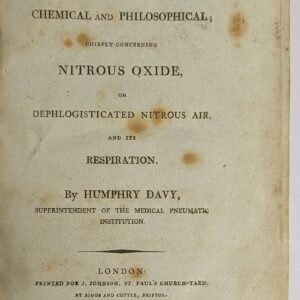
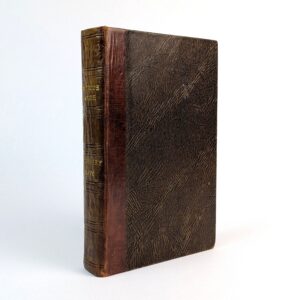
Researches, Chemical and Philosophical, Chiefly Concerning Nitrous Oxide, or Dephlogisticated Nitrous Air, and Its Respiration
AU$6,000.00 Read MoreAdd to cartHumphry Davy
London: J. Johnson, 1800.Researches, Chiefly Concerning Nitrous Oxide. Published when Davy was only 22, outlining his experiments with nitrous, coining the term laughing gas, and suggesting to its anesthetic qualities, which were not regularly used in medicine for many years to come. A landmark work in chemistry and anesthesia. Provenance: Pencil signature of British crime writer and anaesthetist William Stanley Sykes (1894-1961) with three lines of pencil annotation to front free endpaper.
-
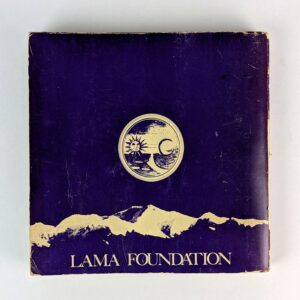

Remember, Be Here Now
AU$1,000.00 Read MoreAdd to cartRam Dass
San Cristobel: Lama Foundation, 1971.First edition, first printing, of the psychedelic/yoga/philosophy/counterculture classic by LSD spiritualist Ram Dass nee Harvard Professor Richard Alpert.
-
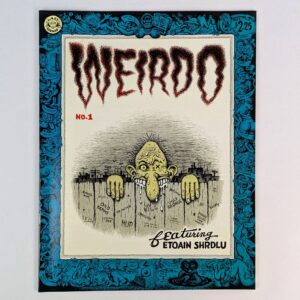
Weirdo No. 1
AU$200.00 Read MoreAdd to cartRobert Crumb
Berkeley: Last Gasp, 1981.“Picking up where Zap left off, Weirdo defined a new aesthetic for the ’80s, opening the way towards a new wave of comics literacy for a generation of outcasts, oddballs and revolutionaries. Weirdo #1, helmed by Robert Crumb, features comics from Crumb, satiric ads, photo-funnies from “Stomp” Gamos and Weirdo staff, Stanislav Szukalski, Bruce Duncan, Brueghel, a Sub-Genius spread and more!” (publisher’s blurb)
-
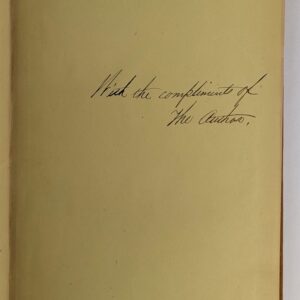
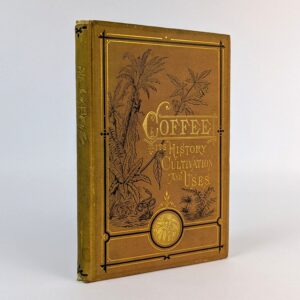
Coffee: Its History, Cultivation, and Uses
AU$1,250.00 Read MoreAdd to cartRobert Hewitt, Jr.
New York: D. Appleton and Company, 1872.19th century history of coffee. Brief mention of Australia’s potential as a coffee growing region, as well a global listing of tariffs on coffee, including Australian colonies. This copy signed by the author, and with the world map, A Chart of the Globe Showing the Several Places Where Coffee is or May be Produced and Where it is also used together with The Telegraph Lines in operation or contemplated for completing the Circuit of the Globe, considered the first American map on coffee.
-
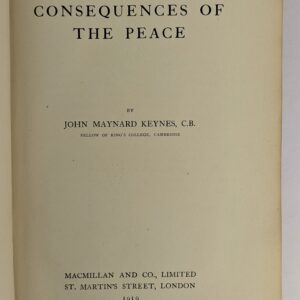
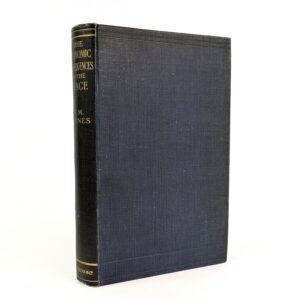
The Economic Consequences of the Peace
AU$2,000.00 Read MoreAdd to cartJohn Maynard Keynes
London: Macmillan and Co., 1919.First edition, first printing of the highly influential economics work published in the wake of WWI, establishing Keynes’ as one of the world’s leading economists.
-
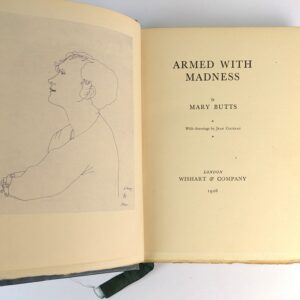
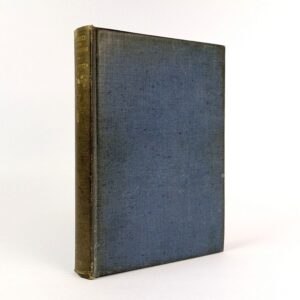
Armed with Madness
AU$3,250.00 Read MoreAdd to cartMary Butts; Jean Cocteau
London: Wishart & Company, 1928.Experimental novel based on the myth of the Holy Grail. A one time student of Aleister Crowley, Butts is credited as a co-author of the 1912 Magick (Book 4). In 1921 she spent time at Crowley’s Abbey of Thelema, not enjoying her stay, and departing with a drug habit. Armed with Madness explores the relationships (including homoeroticism and bisexuality) and ritualism among a group of young bohemians living at a country home. Considered a masterpiece of Modernist prose. One of 100 numbered copies of the Deluxe Edition on handmade paper with illustrations by Jean Cocteau.
-
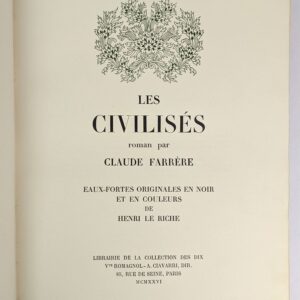
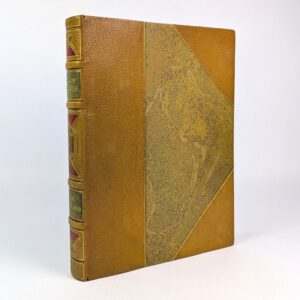
Les Civilises
AU$800.00 Read MoreAdd to cartClaude Farrere; Henri Le Riche
Paris: Librairie de la Collection des Dix, 1926.French colonizers indulge in fornication, opium, and general debauchery in late 19th century Saigon (then French Cochincina, modern day Ho Chi Minh City, Vietnam). One of 200 numbered copies of Arches vellum (of a total edition of 300), bound with the original wrappers.
-

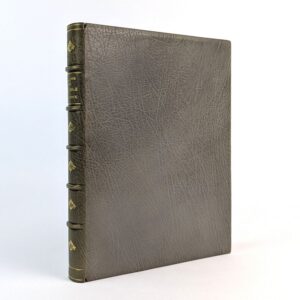
Le Diable Amoureux
AU$400.00 Read MoreAdd to cartJacques Cazotte; Paul-Emile Becat
Paris: La Tradition, 1936.The Devil in Love. Occult romance first published in 1772. This the first edition with erotic illustrations by Becat. One of 450 numbered copies on Arches vellum (of a total edition of 500).
-
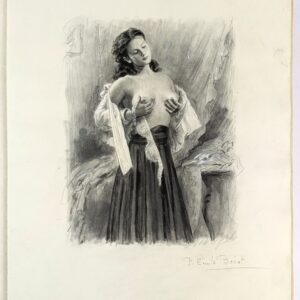

Le Diable au Corps
AU$2,000.00 Read MoreAdd to cartRaymond Radiguet; Paul-Emile Becat
Paris: Editions Georges Gullot, 1957.The Devil in the Flesh. The story of a young married woman’s affair with a teenage boy while her husband is away fighting in WWI. First published in 1923, this is the first edition with erotic illustrations by Becat, and with an introduction by Jean Cocteau. The superlative issue, one of 16 numbered copies on Japanese paper with an original signed drawing in pencil and white gouache, with the composition then hand coloured and signed by Becat, the 16 illustrations by Becat hand coloured by Jean and Paulette Monnier, followed by a suite containing the illustrations in black in two states, on Japanese paper and Rives vellum.
-
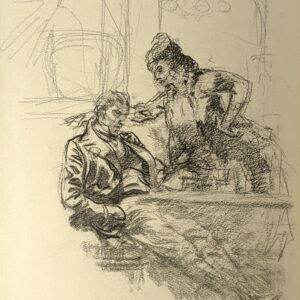
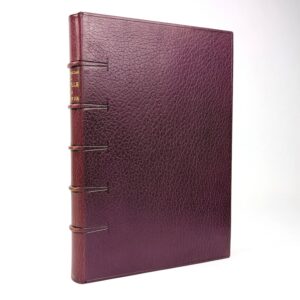
La Fille aux Yeux d’Or
AU$2,000.00 Read MoreAdd to cartHonore de Balzac; Almery Lobel-Riche
Paris: Le Livre du Bibliophile, G. & R. Briffaut, 1923.The Girl with the Golden Eyes. An aristocratic libertine becomes obsessed with a beautiful woman and sets about seducing her. Alas, his conquest uncovers a hidden lesbian relationship and he finds himself entangled in web of erotic obsession and fatal jealousy. First published in 1835, this is the first edition with illustrations by Almery Lobel-Riche. One of 40 numbered copies on Japanese paper with the etchings in 3 states and an original drawing by Lobel-Riche (from a total edition of 500). This copy in a fine signed binding by H. Jacquet.
-
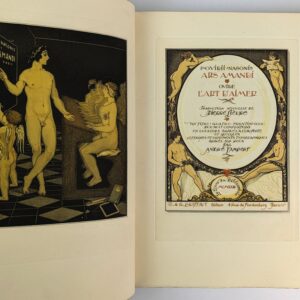
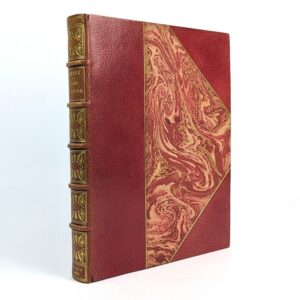
Ars Amandi. L’Art D’Aimer
AU$1,000.00 Read MoreAdd to cartOvide; Pierre Lievre; Andre Lambert
Paris: Le Livre du Bibliophile, G. & R. Briffaut, 1923.The Art of Love by Ovid, a new translation into French by Pierre Lievre and with illustrations by Andre Lambert. One of 404 numbered copies on Arches vellum (from a total edition of 500), this copy for Maurice de Smet de Naeyer, bound in half leather signed Weckesser.
-
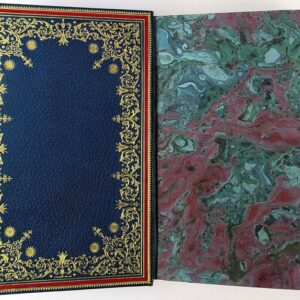
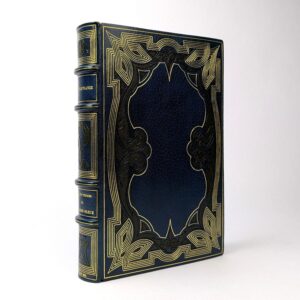
Les Sept Femmes de La Barbe-Bleue et Autres Contes Merveilleux
AU$3,000.00 Read MoreAdd to cartAnatole France; G. A. Mossa
Paris: Librairie Des Amaterus, A. Ferroud. – F. Ferroud, 1921.Bluebeard’s Seven Wives and Other Wonderful Tales. France’s reinterpretation of the French folktale of Bluebeard. First published in 1909, this is the first edition with illustrations by Gustav-Adolf Mossa. One of 70 numbered copies on Japanese paper with the etchings in 3 states (from a total edition of 1,200). This copy from the collection of Australian actor and bibliophile Barry Humphries, with his bookplate, in a fine signed binding by Flammarion bookbinder Jean Vaillant.
